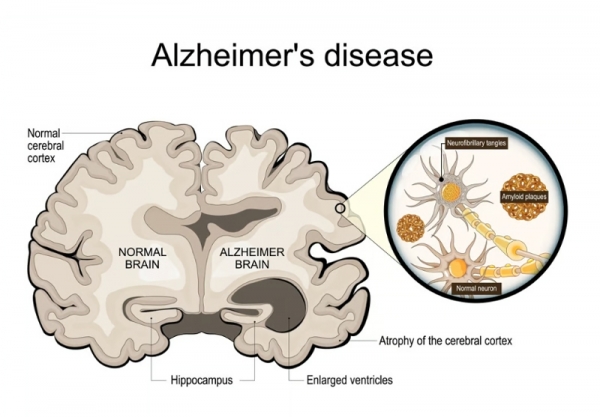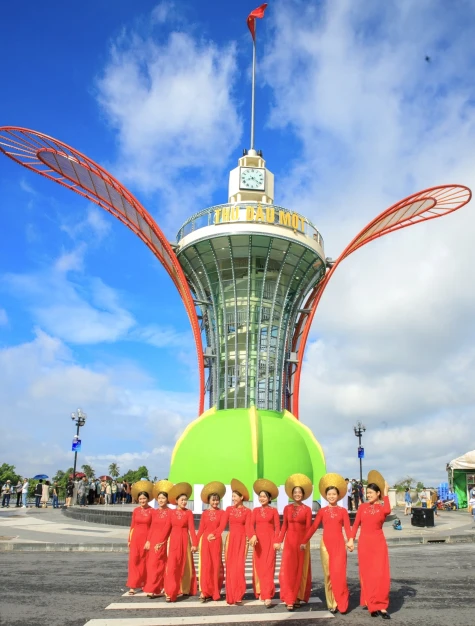Walking on tiptoes: Brain and muscle problems
It can be caused by a shortened Achilles tendon, or it can be a sign of muscle problems such as cerebral palsy or muscular dystrophy. Cerebral palsy affects muscle control and coordination. Muscular dystrophy causes gradual weakness and loss of muscle mass. Toe walking is also common in children with autism.

Posture and walking speed can also reveal clues about health
High step: Neurological and muscular disorders
Invisible stair-climbing can be caused by nerve damage in the legs or a neurological, muscle, brain, or spinal disorder such as muscular dystrophy or multiple sclerosis.
Walking slower than before: Alzheimer's disease
Scientists say changes in walking speed over time could be a way to predict Alzheimer's disease or memory problems. If you have Alzheimer's, the slower you walk as the disease gets worse.
Wobbly Walk: Brain Injury
If alcohol is not the cause, you should have your head checked by a doctor. A blow to the head can cause mild brain damage that causes the head to wobble for a while. This is especially common in people who play contact sports.

Studies of people over 65 show that those who walk faster live longer.
Dragging Foot: Parkinson's Disease
A slow, erratic gait—especially in men over 60—can be a sign that the brain is having trouble sending the “move” signal to the leg muscles. A hunched-over gait or no arm movement is often referred to as “Parkinson’s gait,” according to WebMD.
Stiff, twisted, unsteady gait: Multiple sclerosis
The person may walk stiffly, often losing balance. The knees may cross when walking - called "scissoring". Or the person may lose feeling in the feet, making it difficult for the person to know where the floor is.
Source link



![[Photo] Looking back at the impressive moments of the Vietnamese rescue team in Myanmar](https://vstatic.vietnam.vn/vietnam/resource/IMAGE/2025/4/11/5623ca902a934e19b604c718265249d0)


![[Photo] "Beauties" participate in the parade rehearsal at Bien Hoa airport](https://vstatic.vietnam.vn/vietnam/resource/IMAGE/2025/4/11/155502af3384431e918de0e2e585d13a)























![[Photo] Summary of parade practice in preparation for the April 30th celebration](https://vstatic.vietnam.vn/vietnam/resource/IMAGE/2025/4/11/78cfee0f2cc045b387ff1a4362b5950f)































































Comment (0)